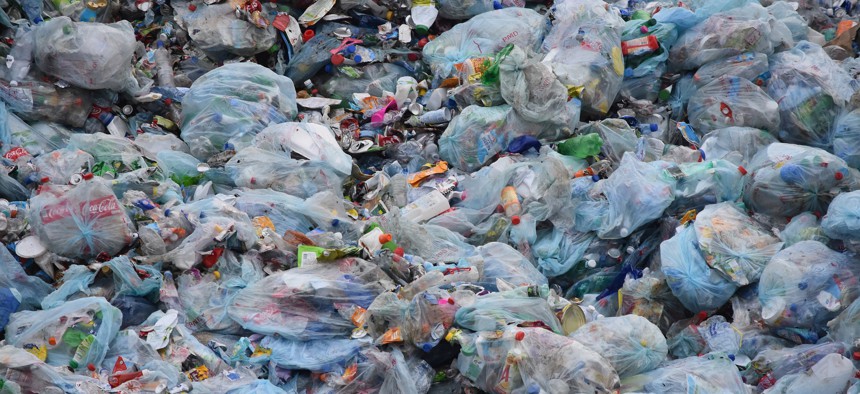Policy
Avoiding the next ‘Mount Trashmore’: Broward County looks to deal with its growing garbage problem
Local governments are considering a $1 billion solution that includes more recycling.

Image by Ben Kerckx from Pixabay
A billion bucks seems like a lot for trash, but in today’s world, dealing with garbage requires a lot of greenbacks.
Broward County is moving toward the building of what will become a comprehensive waste and recycling system. Facilities will be located throughout the county, including a big waste-to-energy facility that will probably be in the southwest part of the county. And a new recycling plant will be built on a site to be determined, County Commissioner Beam Furr told City & State.
It’s a big issue for an area that already has a landfill in the Coconut Creek area that people can see for miles around. The official name is Monarch Hill. The more common name is “Mount Trashmore.”
Eventually a countywide waste authority might have to be created to handle the huge amount of rubbish the county processes every day. The new approach to waste and recycling would cost about $1 billion but the cost would be spread out over about 40 years. Currently, Broward processes about 4 million tons of garbage a year.
To put that into some perspective, people around the world toss out a total of 4 million tons of trash every day — or roughly 2.6 pounds of trash per person, according to a WTOP story from 2017. “And in the U.S., the majority of that garbage goes straight to the country’s 2,000 landfills, where it can sit for years (450 years for a disposable diaper and 1 million years for a glass bottle).”
Moreover, a lot of Broward County’s trash is being sent to other parts of Florida. Next Thursday, Broward-area city governments will come together at a workshop to discuss how to best process and dispose of their waste. An interlocal agreement between the cities and the county government could later emerge from that meeting.
“We need cities representing about 75 percent of the population to pass this item so it can go forward,” Furr said. “We would build recycling centers throughout the county. There will be places where you have composting going on and recycling (facilities) for specific materials such as glass. We will decentralize … it won’t be in just one place.”
Once a specific location for the energy facility is established, a request for proposal for the new plant will be issued. The goal will be to build a facility that can burn trash which will then be turned into electricity. This will include mostly waste items that cannot be recycled. “Our goal is to recycle about 75 percent of the waste stream,” Furr said.
According to the City of Fort Lauderdale, there already are “two waste-to-energy plants in Broward County capable of processing 4,500 tons of waste per day. The City of Fort Lauderdale's municipal solid waste (garbage) is processed at these facilities where it is used to produce electricity.” The state’s Department of Environmental Protection says “Florida has grown from having one small WTE (waste to energy) plant in 1982 to 11 operating WTE facilities as of 2022. Florida has established the largest capacity to burn (municipal solid waste) of any state in the country.”
As always, trash that cannot be recycled will be sent to a landfill, but the idea is to dramatically reduce the amount of material sent to landfills. Much of the pollution created by trash is methane, which contributes to a warming climate, some scientists say. But that’s going to require a lot of education of residents in what and how to recycle, Furr said, to keep what would otherwise be trash out of garbage cans.
David Volz has been a reporter for numerous community news publications throughout South Florida over the past two decades, as well as the South Florida Sun-Sentinel, Miami Herald and South Florida Business Journal. He covers local government, schools, sports, culture, faith groups and workplaces.
NEXT STORY: Florida Gov. DeSantis' travel records would be shielded under new bill